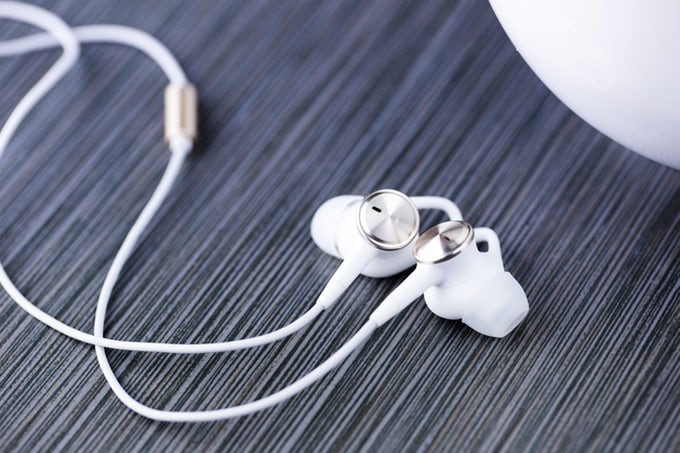
Solving Acute Pain Points
To properly frame the Linner Noise Cancellation Earbuds, it’s mandatory to evaluate against an industry benchmark — one of the top-of-the-line active noise cancellation headsets, namely the Bose QuietComfort 35 wireless Bluetooth headset.
Let’s first start with the physical specs. It weighs in at 10.9 ounces or 0.68 lbs. The dimensions of the headset is 7.1″ H x 6.7″ W x 3.2″ D. However, the comfort and quality comes at a cost of size and weight. For someone who travels 3 weeks out of 4 weeks in a given month, every ounce in my briefcase matters. Before every trip, I have to reduce down to the bare minimum in my computer bag. In many cases, I opt to leave my noise cancellation headset at home because of the bulk and the added weight. Moreover for people who actually like to retain some semblance of their hairstyle, dented hair is a showstopper.
So it was with absolutely glee to product test the Linner Noise Cancellation Earbuds. It addressed two of my biggest issues in this category — size/ weight and denting my hair. The portability of Linner is unrivaled. It looks like any other earbuds with a jack but clearly it does much more.

They also addressed another major issue. Many times I want noise cancellation plus a mic/ earbud for phone calls. Many of my meetings are on the road, often in the loudest locations, from the busiest international airports to the most congested metropolitan cities around the globe. I need to hear every sound byte to stay engaged in client conversations. Another thumbs up for Linner.

IP & Technology
The question then becomes for the miniaturization and added mic functionality what am I losing in noise cancellation?
Let’s benchmark against the Bose QuietComfort 35. The Bose provides solid noise isolation from 80Hz down to 1KHz. It achieves better than 15dB isolation in the bass range, 22dB in the mid range, and greater than 35dB in the treble range. The overall leakage at 1ft is about 41.37 dB. Most of the leakage is between 300Hz and 3KHz.


For Linner, since we did not test the product in a scientific lab environment, we will go by their claimed specifications. Linner asserts that they reduce up to 95 percent of environmental noise. Active noise reduction is up to 26dB, hence addressing the mid range and perhaps the bass range. Passive noise reduction is up to 30dB which addresses the treble range. The active noise reduction working range is between 45 Hz and 3KHz, which is not trivial. So at least on paper, for such small earbuds, it’s a reasonably well-positioned noise cancellation device that competes in a new category away from the traditional large headsets.
In our informal test, we observed that the earbud form factor inherently does not block out all the noise because it does not envelop the ears completely. In that regard, not surprisingly the headset design does a better job of tightly covering the ears to optimize noise cancellation and to minimize leakage.
However the ultimate test is which one do I grab when I am about to travel? The answer is simple — the smallest and lightest form that does a reasonably good job reducing the noise pollution in big cities and in airplane cabins. Linner now has a permanent place in my briefcase.
Author Scott Amyx. Video by Christian Amyx.
Tune in for my next experiment!
Keep learning.
– Christian
YouTube: https://goo.gl/TLZ4SjWebsite: https://christianamyx.com/Medium: https://medium.com/@christianamyxTwitter: https://twitter.com/ChristianAmyx1
This blog is moderated by Christian’s parents: https://medium.com/@ScottAmyx/ All comments will be reviewed and approved before publishing.
